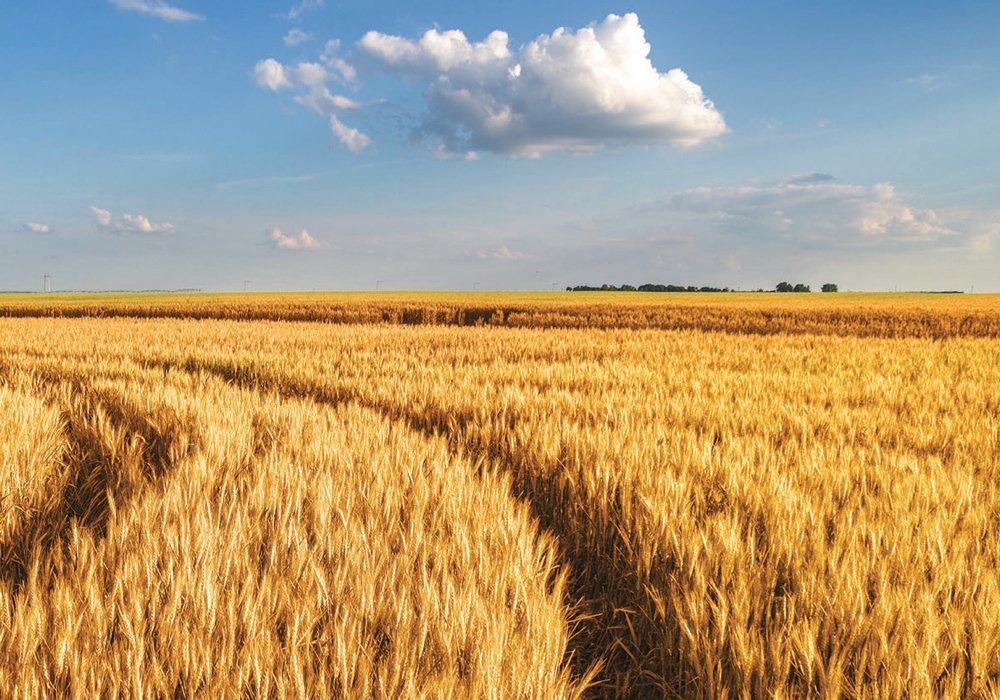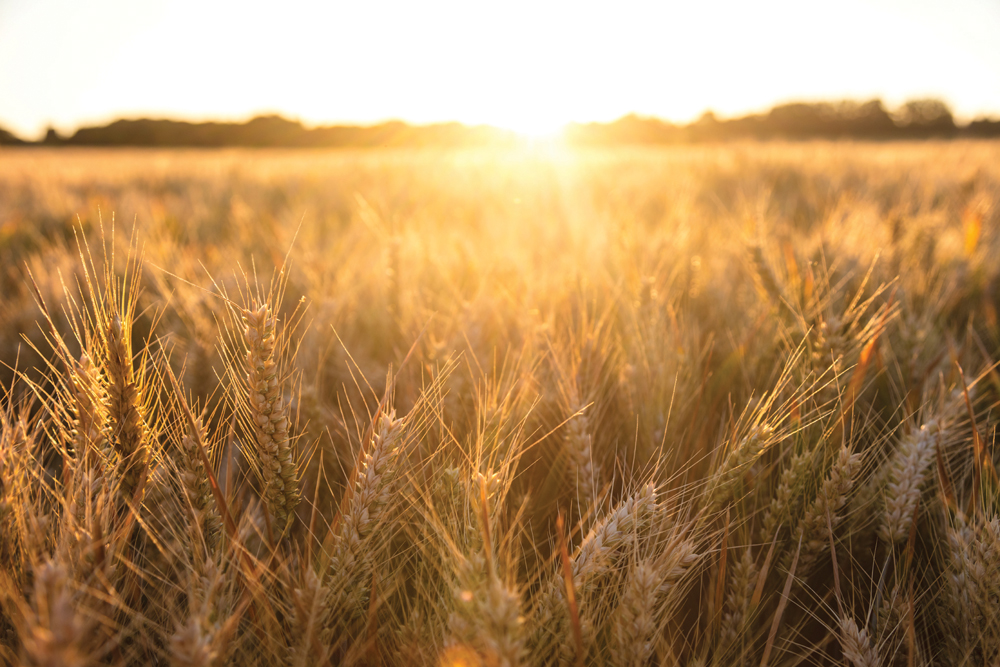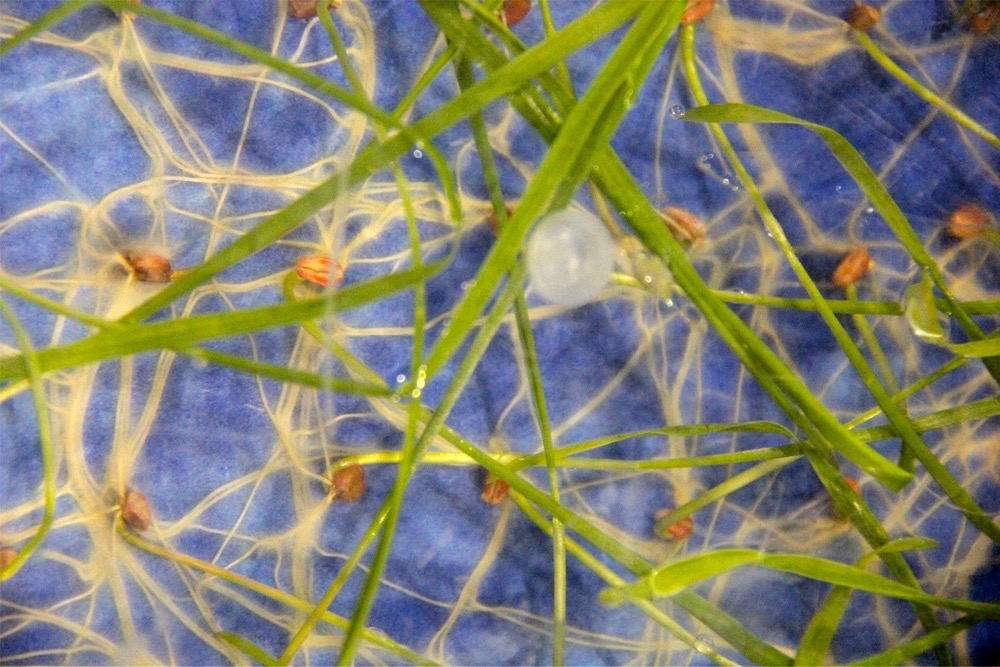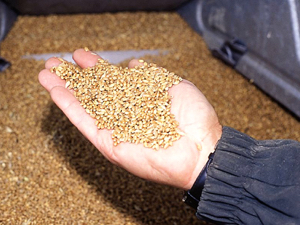Keep your losses due to quality at a minimum

Following these points is not a guarantee of freedom from fusarium, but it will reduce the amount of FHB in your fields. This could mean the difference between a marketable crop and a financial loss.
1. Seed quality

Seed wheat (durum, spring or winter wheat, barley, oats, triticale and rye) should be as free as possible from seed-borne infection. Seed cleaners can remove much of the FHB present in grain for seed.
2. Seed tolerance

Treat all seed wheat with a fungicide recommended for seed-borne fusarium. Use plump, vigorous, one- to two-year-old seed with a germination of at least 90 per cent, especially if you use your own seed.
3. Resistant varieties
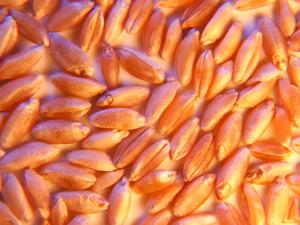
Check the seed guide for your province for a list of resistant varieties. Look for varieties with fair to good resistance to FHB, such as Waskada, Carberry or Cardale for spring wheat, and Emerson for winter wheat. AC Brigade is a durum with some FHB resistance.
4. Rotation

If FHB has previously been a problem on your cropland, do not plant wheat with poor or very poor resistance to FHB such as Harvest or Stettler. It’s not worth the gamble.
5. Avoidance

Never plant wheat on cropland that was used for grain corn. A good crop of grain corn leaves behind as much as five tons per acre of stover. Shred corn stover if possible, and do not plant wheat in that field for two to three years. Corn stover is the ideal host for overwintering FHB-infected crop residue. It can be a huge reservoir for the FHB fungus and a major source of infectious spores, especially in a wet July.
6. Toxin tests

Have your seed grain tested specifically for FHB. Have your seed cleaned if you have obvious FHB levels.
7. Grain sales

Have wheat samples tested to check for FHB and toxin levels. This will tell you if you can use any or all of your wheat for food or feed. Over five per cent FHB (five p.p.m. toxin) is unfit for food but it can be blended, particularly if it has good falling numbers.
8. Seeding rates

Seeding rates are critical if you have significant annual FHB problems. You can seed most wheats at one, two or three bushels per acre (60, 120 and 180 pounds) and you might get similar yields or more with the higher rates. That translates to 18 to 48 wheat seedlings per square foot depending on the 1,000 kernel weight. Say you want a target yield of 70 bushels per acre. This is where the gamble comes in. At the highest seeding rate your wheat seedlings will produce one or perhaps two tillers to give maybe 60 heads per square foot. This highest seeding rate will give you 20 to 30 seeds per head that will essentially flower in a week (anthesis). Your lower-seeded wheat at, say, one bushel per acre with good fertility will tiller significantly — two to four tillers per plant all growing at different rates. Flowering (anthesis) may take up to two to three weeks or more.
But — your highest-seeded wheat is only very susceptible to FHB spores for a week or so, whereas you lowest-seeded wheat is susceptible to FHB spores for two to three weeks due to the later tillers. The bonus? Higher-seeded wheat matures a week earlier (avoids frost!) and may, if conditions are right, have little or no FHB. Sowing up to two bushels extra is worth the gamble. You could have $7-bushel wheat from heavy seeding versus $3 wheat with FHB damaged grain.
9. FHB infection

For significant FHB infection to take place we must have temperatures of 20 C to 30 C and continuous moisture for 48 to 60 hours, in July at the usual time of anthesis. The relative humidity should be around 70 to 90 per cent or greater. In a dry, windy July, FHB will be minimal or non-existent.
10. Spray timing

Spray with a recommended conazole or conazole-combination fungicide as soon as 75 per cent of the heads emerge if there is wet, humid weather at late boot or heading out. Within two to three days of emergence, the first of the anthers will pop out in the middle of the wheat heads. In another day or so, all of the anthers will emerge on the single stem wheats and a few days later on the double stems if that 35 to 50 plant establishment per square foot is reached. A fungicide application during this one-week window will most effectively reduce FHB infection. Not so with light seeding with prolonged flowering.
11. Fungicides

Fungicides should be applied horizontally at wheat head levels to give maximum coverage, rather than top down sprays. Most, if not all recommended fungicides become rainfast within an hour or so of application. Bio-control is not effective at this time and strobilurins are ineffective.
12. Grain prices

If grain prices hold up and the mid- to late-July weather remains humid or wet, a second application should be considered at a cost of around $20 to $25 per acre. Remember, grain with up to five p.p.m. toxin can be blended but higher levels may be unacceptable. A second application may be worth the extra cost.
13. Harvest

A significant percentage of FHB-damaged grains can be removed during harvest. This may be done by adjusting combine sieves and fan speed to blow out many of the lighter, mummified grains that contain significant toxins.
14. Drying

FHB-infected grain must be less than 18 per cent moisture to stop the increase in toxin levels and down to 13 per cent moisture to prevent spoilage by storage fungi. DON does not increase in dry grain.
In barley, oats, rye or triticale, much the same procedure can be followed as outlined for wheat. Infection levels in barley and oats are generally only a fraction of that in wheat. Barley does not extrude its anthers like wheat and oat seeds are not in crowed heads so FHB infection does not spread to adjacent kernels.




